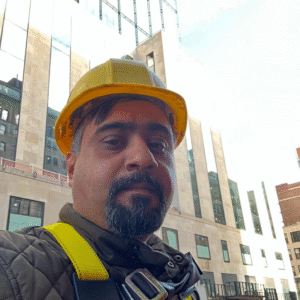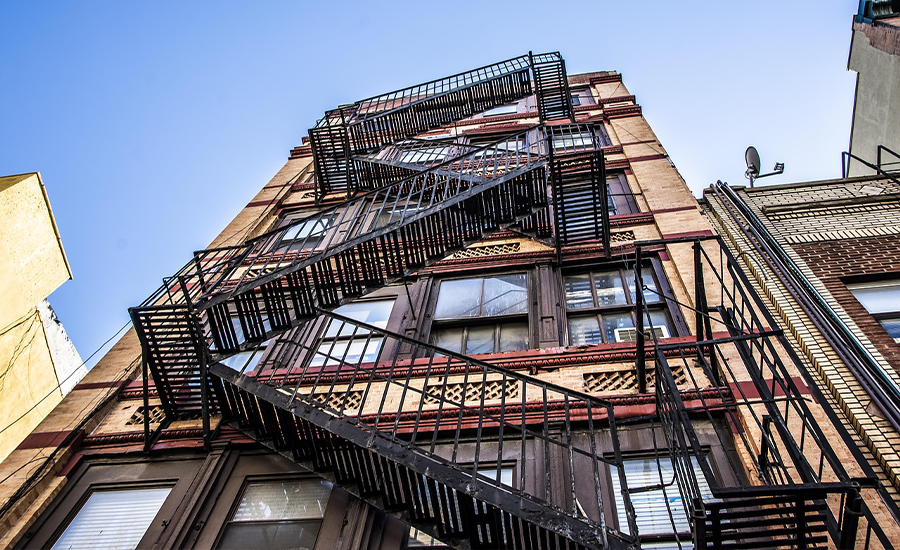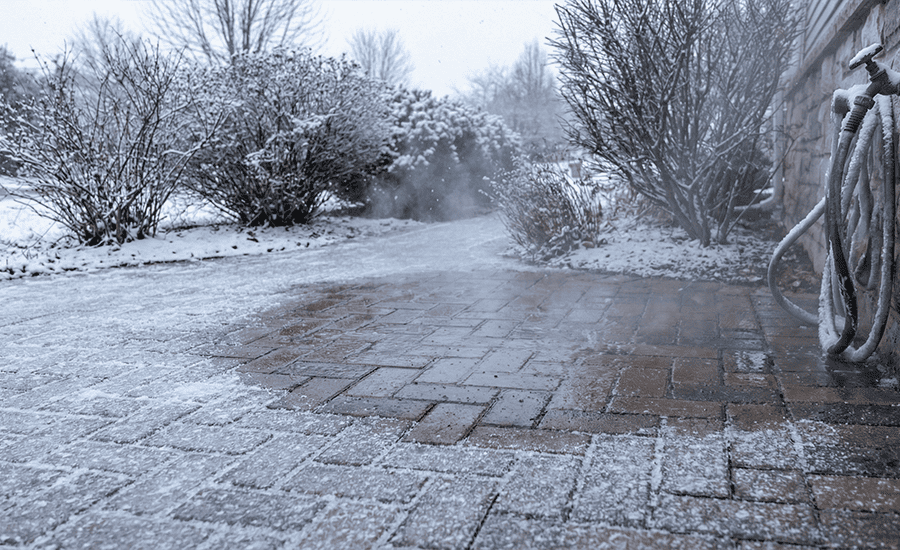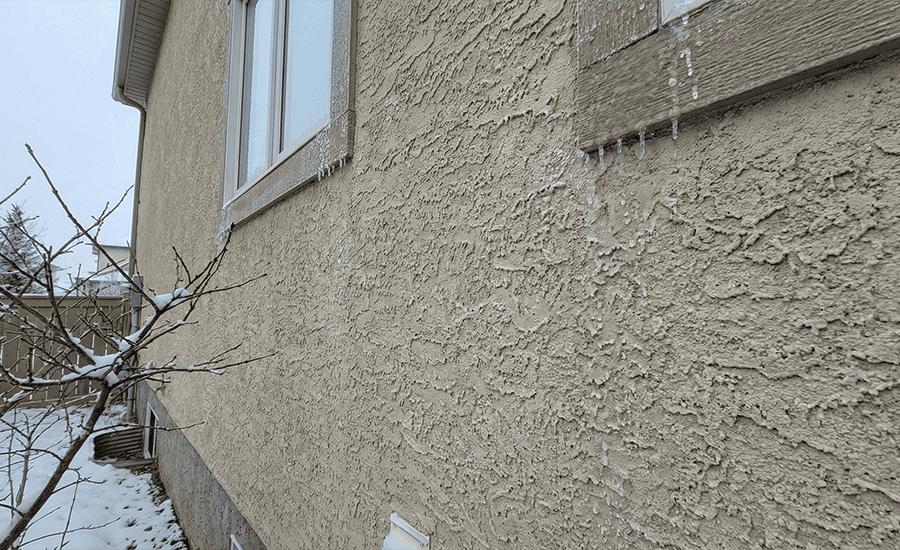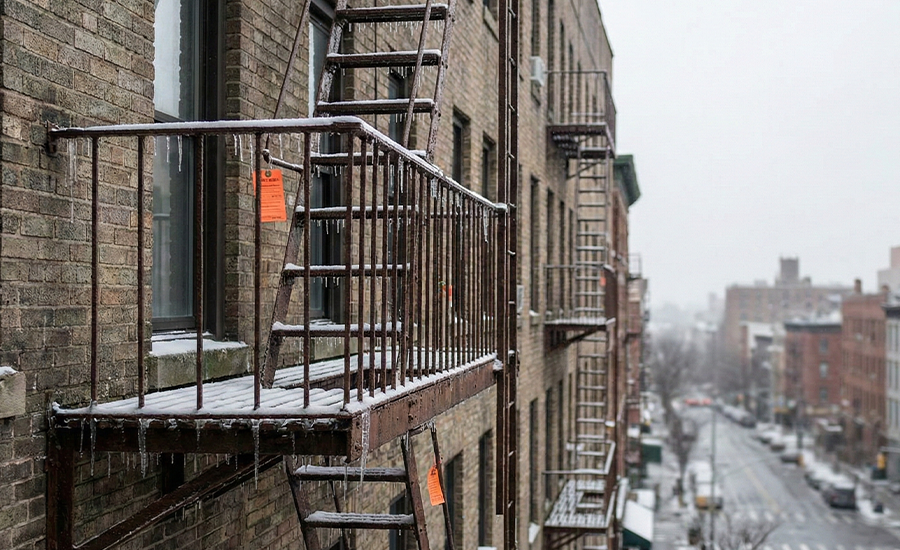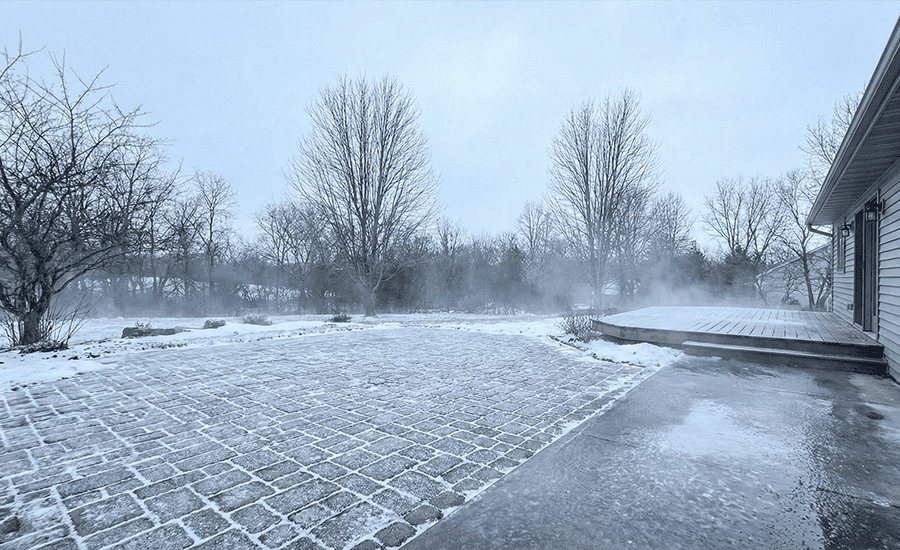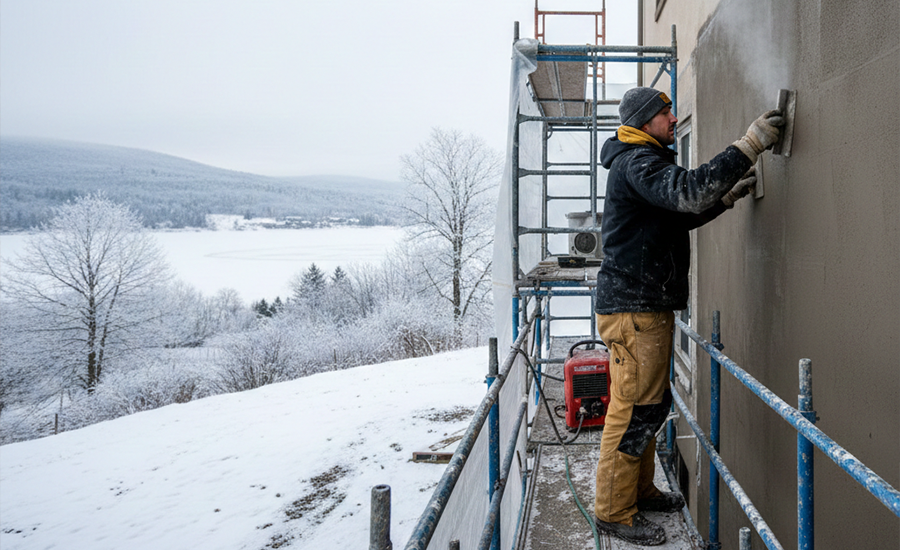In high-rise buildings, installing fire escapes is important for the utmost safety of the occupants. Fire escapes offer security and safe evacuation in hard times; they can be customized according to your fire safety designs. But do you know which fire escape should be installed in a high-rise building? Pressurized escape systems are best for high-rise buildings as they have structural integrity and maintain controlled airflow pressure. These pressurized systems are approved by local law 11 and adhere to NYC building codes.
In this blog, we’ll discuss the best type of fire escape for high-rise buildings, its maintenance guidelines, its advantages, and what makes that fire escape stand out:
Why Fire Escapes Are Vital for High-Rise Occupant Safety
Fire escapes are constructed as the alternative pathway to be used in emergencies for residents to evacuate safely. In fire hazards or other emergencies, when the main access ways become unsafe to access, the fire escape plan works. High-rise buildings are probably 75 ft or above, so the fire must escape; you’re choosing has these sustainable characteristics that ensure both safety and structural soundness.
- Fire escape must have high occupancy for robust evacuation.
- The material of fire escapes remains sturdy even when it is exposed to severe heat conditions during fire hazards.
- The fire escape must withstand the dynamic load and movements.
- External Fire escapes must have durability against harsh weather conditions and corrosion.
For high-rise structures facing NYC’s tough weather, selecting durable fire escape materials makes all the difference.
Top Fire Escape Options for High-Rise Safety
Here are the reasons to choose pressurized stairwells for high-rise modern & historic building safety:
Enhanced Smoke Safety
- Pressurization keeps smoke from entering the escape route, even if fire doors are briefly opened.
- It ensures clear visibility and safe breathing conditions during evacuation.
Fireproof Structural Design
- Built from reinforced concrete or fire-rated steel, these stairwells maintain integrity for extended periods under fire exposure.
- It complies with international fire safety standards such as NFPA and IBC.
Shielded from External Elements
- Unlike external escapes, they’re shielded from snow, rain, and corrosion.
- It is low-maintenance and combats environmental wear & tear.
Interconnected Fire Safety Mechanisms
- These stairwells can include sprinkler pipes, smoke detectors, and emergency lighting.
- It supports alarm activation and excellent evacuation management in NYC apartment buildings.
Unobstructed Escape Flow
- Designed to accommodate high occupant loads with wide stair treads and handrails.
- It is commonly designed with dual stairs for added safety.
Metal fire escapes in NYC continue to be a reliable choice due to their strength and lasting performance.
Key Features of Pressurized Escape Systems
The following are the key characteristics of pressurized escape systems that are appropriate in high-rise buildings:
- Clear Air Escape Route: it allows your stairwells to be unobstructed & clearly marked.
- Reinforced Structural Integrity: It is designed to resist intense heat & structural pressure.
- Eco-Efficient Operation: It is compatible with HVAC systems to provide consistent air pressure control.
- Minimal upkeep: it demands less maintenance and offers shielding from weather & corrosion.
- Fire Code Approved: It is approved by NFPA, IBC, and NYC standards.
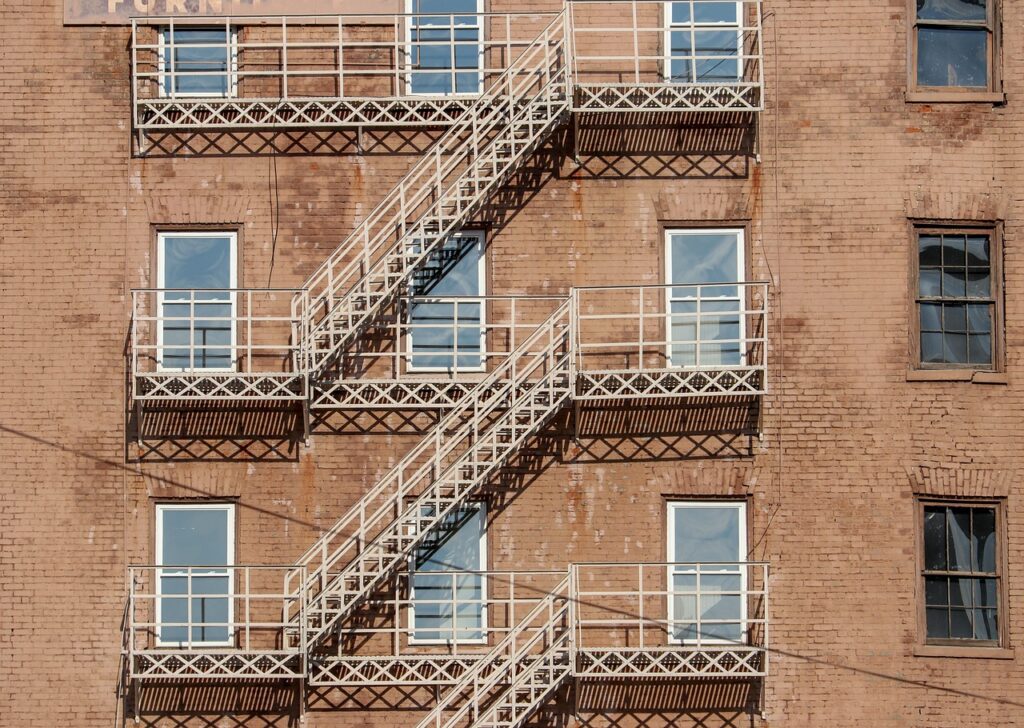
In Manhattan, building-specific fire escape types often determine which design provides the best safety and access.
Preventive Care and Maintenance Steps
Here are the maintenance tips that need to be implemented to keep your fire escapes 24/7 functional and up to code:
- Make sure to inspect your fire escape annually to check for rust, corrosion, and damage.
- Make sure to repaint the metal fire escape every 3 years to prevent your framework from rusting.
- Make sure to test the pressure of smoke control systems every month to maintain code compliance.
- Change out the damaged rails or tracks to preserve safe functionality and material lifespan.
- Make sure the fire escape routes are clear without any objects placed near them for quick & safe access.
Between aluminum and steel, knowing which fire escape material lasts longer can help you plan smarter upgrades.
Conclusion
Selecting the right fire escape for a high-rise building plays a vital role in ensuring occupant safety during emergencies. Pressurized escape systems stand out because they prevent smoke intrusion, maintain airflow, and comply with NYC fire codes. Their durable, low-maintenance design adds long-term reliability. When inspected regularly, these systems can last for decades without performance issues. For any residential or commercial high-rise, a pressurized fire escape is the safest and smartest choice.
Sardar Restoration Corp proudly serves every corner of NYC, including the Bronx, Manhattan, Brooklyn, Westchester, and Queens. Our services are designed to meet your specific needs, providing top-quality solutions wherever you are. Check our service areas to see how we can assist you in your location.
Contact us today at (+1) 917-355-8556 or sardarrestoration@gmail.com, or visit us at 2770 Fish Ave, Bronx, NY 10469, United States.
FAQs
Do you work on high-rise residential and commercial buildings in NYC?
Yes! Sardar Restoration Corp. offers fire escape installations on high-rise residential and commercial buildings in NYC, complying with all safety protocols and regulations.
How often do you recommend we inspect our fire escapes?
Our Fire escape contractor in NYC recommends that you get your fire escapes inspected annually, and more frequently if exposed to weather or corrosion.
Are pressurized stairwells low maintenance?
Yes! Pressurized stairwells demand less maintenance. Sardar Restoration Corp. suggests you check the fan system and inspect the door seal.
What’s the best material for high-rise fire escapes?
The two best materials for high-rise fire escape that provide resilience, thermal stability, and construction robustness are:
- Fire-resistant steel
- Armored concrete
Can pressurized fire escapes be installed in older buildings?
Yes, with proper structural evaluation and upgrades, pressurized fire escapes can be added to existing high-rise buildings to improve safety and meet NYC fire codes.

